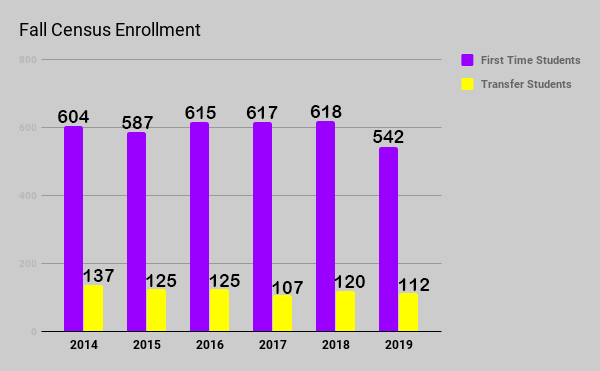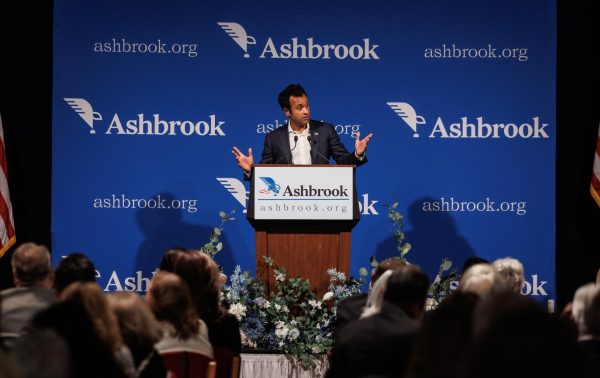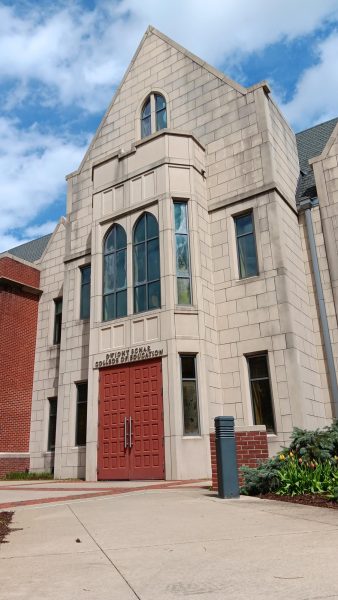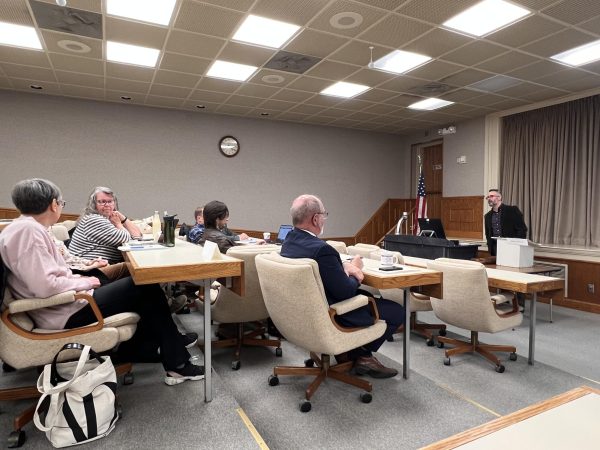Budget cuts hit AU

From 2014 to 2019 there was a decrease in enrollment. This shift caused departmental budget changes for the current year.
September 19, 2019
A shift in this year’s enrollment is one of the factors to be blamed for departmental budget cuts throughout AU. Although there was growth in contributions from alumni as well as donations from community members, it was stated at the All-Institutional meeting that there were not enough funds to cover expenses and prolong the budgets of various departments on campus.
Departments and programs that are known to have budgets lowered are athletics, correctional education, online studies and the Master of Business Administration. According to information shared earlier in the semester at the institutional meeting, the number of incoming freshmen is 542 and there are 112 transfer students.
The current budget is 100 to 110 million dollars for the school year. 22 million more is expected to come from the Campaign for Every Individual within the next three to five years.
“It’s really not cuts, per say,” Marc Pasteris, vice president and chief financial officer, said. “What I call it is we’re recalibrating and adjusting to the environment that is taking place.”
He said that this is a living, breathing and very healthy process.
The news of this cut was nothing new to Director of Athletics Al King, as it has happened in the past while he was working for AU.
“I’ve been at Ashland before when it’s taken place,” King said. “We haven’t had it [a budget cut] in the last couple years, but this isn’t a typical year. A lot of times when you’re in a private school, you look at what your finances are every year. If there’s a fluctuation in enrollment or something like that— that [cut] is going to happen.”
“Anytime money is tight, people become panic-stricken, I understand that, but I’ve lived through this before and we’re going to get through it. We’ll be okay and we’ll be smart with it,” he said.
While news of the cuts have been spreading throughout campus, none of them have affected any individual specifically.
AU President Carlos Campo said, “we didn’t lay anybody off, nobody lost their position over these kinds of adjustments. It’s not an extraordinary amount, just slight adjustments that we generally make in higher education as we adjust to program changes.”
The adjustments made for this school year have not been released, and remain the topic of conversation for faculty and staff as the year progresses with no news.
The 2020 budget was accepted by the Board of Trustees in January of 2019 and had over 100 people involved. The Board of Trustees and the president are always kept informed of the budget, but ultimately, it is the president’s budget.
Vice presidents, academic deans, academic department chairs and the various service departments (Auxiliary Services, Athletics and Student Affairs) were involved in the decision as well.
“I ask my department heads/directors to look at their budgets and propose adjustments,” Dr. Robert Pool, vice president for Student Affairs, said.
Pool and his department heads meet individually in meetings after looking over their budgets, and then agree where to reduce costs and/or increase revenue.
The budget cuts have been a direct influence of programs not meeting expectations and also the slight change in enrollment, however, there are other factors that go into enrollment and the success of the programs.
On AU’s Office of Institutional Effectiveness website, information regarding previous years’ enrollment are posted annually, and comparably they look similar with only slight fluctuations. The changes may also be brought upon by various other factors like those listed within reports of AU.
According to U.S. News & World Report, “Comparisons with peer institutions place AU near the bottom in regard to academic reputation, selectivity, financial resources and alumni giving.”

This graph compares AU to the other 12 Ohio institutions in the 2018 Best Colleges report.
Information from the U.S. News suggests that AU would have to make changes in those four main areas in order to move up in the rankings on the assessments.
The expectations for the upcoming years amid this change in budgets is expected to remain the same as previous years, Campo said.
“I suggest that our undergraduate, traditional enrollment will pretty much stay flat. There may be some increase, but we’ve always been, say between 550-650, let’s just use that for our freshman number. I don’t see us being out of that range,” he said.
The first meeting for the 2021 budget has already taken place back in April.
“We’re not sacrificing quality of the educational experience for students,” Pasteris said. “We’re doing everything we can to have the best impact on our students as it relates to out of the classroom activities, to move the institution forward and have the best experience our students can have. And that has not changed, and that won’t change.”













